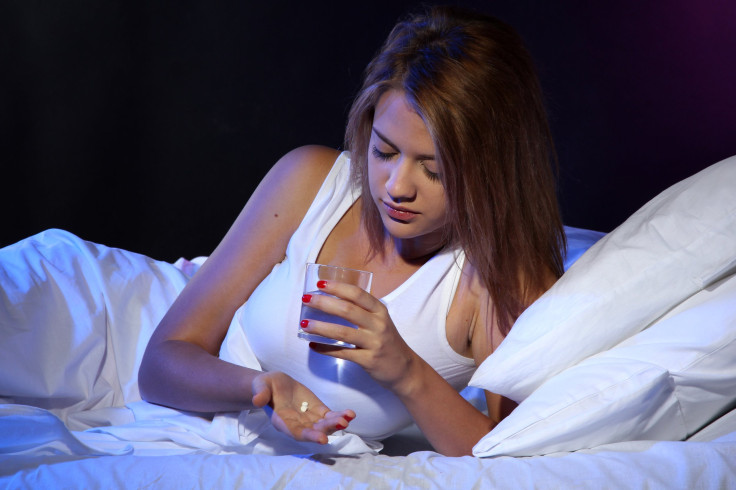FDA Requires Lunesta’s Starting Dose Be Lowered After Study Reveals Sleeping Drug’s Effects Last For 11 Hours

The FDA announced Friday that it will require Lunesta (eszopiclone) sleep drug manufacturer to lower the recommended starting dose. This has come after numerous reports of patients experiencing “next-day impairment of driving and other activities that require alertness,” the announcement read.
The new mandate lowers Lunesta’s starting dose from 2 milligrams to 1 for both men and women, although this may be increased if needed. “To help ensure patient safety, health care professionals should prescribe, and patients should take, the lowest dose of a sleep medicine that effectively treats their insomnia,” said Dr. Ellis Unger, director, Office of Drug Evaluation I in the FDA's Center for Drug Evaluation and Research, in a press release.
Higher doses of Lunesta are linked to severe psychomotor and memory impairment that can last well into the following morning. These new recommendations are largely based on results from a new study published in the Journal of Clinical Psychopharmacology. The study consisted of 92 healthy adults aged 25 to 40, and researchers found that drowsy symptoms could last for as long as 11 hours after the drug was taken. What is most unsettling is that most of the time patients are completely unaware of their impairment.
Lunesta and other eszopiclone medications belong to the group of medication called central nervous system depressants. They work by slowing down the nervous system. Lunesta’s manufacturer will alter the medication’s label to correctly describe the drug’s side effects and list the new recommended dosage.
The drug labels of generic eszopiclone products will also be updated to include these changes. “The F.D.A. is looking at the data as it comes out and making sure we understand that many sleeping pills are not as benign as we assume,” explained Dr. Daniel J. Carlat, an associate clinical professor of psychiatry at Tufts University, to The New York Times. “Lower doses can prevent next-day sleepiness and head off big problems, like car accidents,” Carlat added.
Lunesta, the most prescribed branded sleep aid, is given to adults with chronic insomnia. According to the medicine’s website, possible side effects include: getting out of bed while not being fully awake and doing an activity you do not know you are doing, abnormal thoughts and behavior, such as confusion of thought of suicide, memory loss, and anxiety.
In a twist of irony, the side effects of insomnia are as dangerous as the side effects of the drug used to treat it. Based on information from Consumer Reports, sleeping difficulties are linked to a higher risk of type 2 diabetes, obesity, and daytime drowsiness. Every year, drowsy drivers are involved in an estimated 100,000 car crashes. Insomnia also raises the risk of falling, particularly among older women.
Source: Boyle J, Geger JA, Paska W, et al. A method to assess the dissipation of the [corrected] residual effects of [correct] hypnotics versus zopiclone. NCBI. 2013.



























